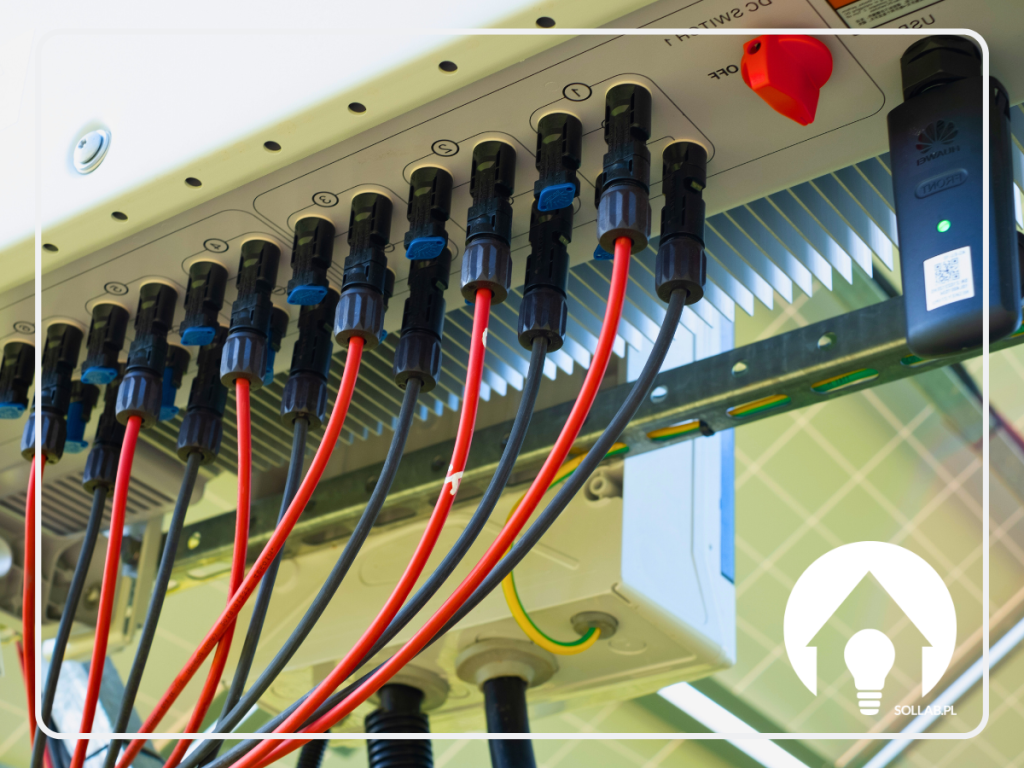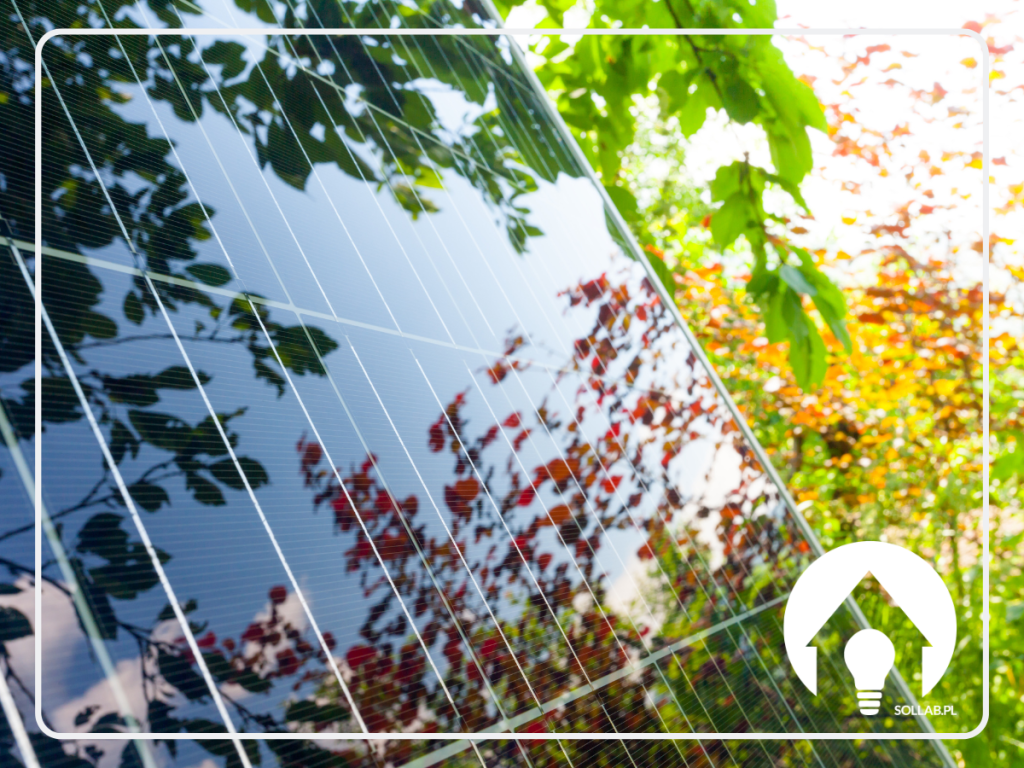Connection power and contracted power in the context of a photovoltaic installation
The correct choice of contracted capacity is important in the context of optimising the costs associated with electricity consumption . The terms connection capacity and contracted capacity are often confused with each other. What is the difference between contracted power and connection power? How do I choose the power of a photovoltaic installation in order not to exceed the connection power? Check it out!
What is contracted power?
From the consumer's perspective, contracted power is the limit of energy that he undertakes not to exceed when taking or releasing energy to the grid over a certain period of time. From the distributor's perspective, on the other hand, it is the amount of energy it undertakes to deliver to the point of consumption at a given time. It is expressed in kilowatts and is the key parameter characterising the supply of electricity to the company. The value of the contracted capacity is determined individually for each connection, depending on the customer's needs.
What is connection power?
The connection power is a key parameter that determines the maximum energy consumption resulting from the design of the electrical installation connection. It is expressed in kilowatts and is often specified as the planned active power consumed. In situations where the allocated connection power does not cover the total demand, it becomes necessary to apply for a higher value, adjusted to provide an adequate power reserve necessary for the smooth functioning of electrical and electronic equipment.
Difference between connection capacity and contracted capacity
Although the terms 'connection power' and 'contracted power' are often confused, it is important to understand their differences. Contracted power, as defined, represents the maximum active power to be drawn from the grid. Connection power is the planned power that electrical appliances are expected to draw from the electricity network. Like the connection power, the contracted power is determined by the maximum values over a period of time and is specified in the transmission and distribution service contract or the energy sales contract. The supplier charges for electricity on the basis of the agreed contracted power.
The precise determination of the contracted power is important from a financial perspective. Too low a contracted capacity, when exceeded, will result in the payment of a penalty. It is therefore important to select the contracted power precisely in order to avoid additional costs resulting from exceeding it. The value of the contracted power can be manipulated, but it cannot exceed the connection power. Therefore, when analysing your electricity bills, it is advisable to focus on two parameters: the power consumed and the contracted power. When the power consumed exceeds the contracted power, it is advisable to apply to the distribution network operator to increase the contracted power.
Changing the contracted power does not require the meter to be replaced, but is associated with charges for increasing the contracted power, adapting the connection to the new power and increasing the fixed charges on your electricity bill. If the power consumed is regularly much lower than the contracted power, it is possible to reduce the contracted power to avoid paying for unnecessary excess power.
Photovoltaic installation connection power
When the capacity of the planned photovoltaic installation is greater than the contracted capacity, an application must be made to the energy distributor to increase the contracted capacity. Once a positive decision has been obtained, the investment can be carried out.
Although some power overruns are acceptable, it is always advisable to carefully analyse the energy requirements before planning an investment such as a photovoltaic installation. For the proper functioning of a photovoltaic installation, it is essential that its power is less than the contracted power.
Summary
When deciding to install a photovoltaic installation, it is important to check that it is not greater than the connection capacity. When the power of the micro-installation is not greater than the connection power of the building and the owner is connected to the distribution network as an end-user, a notification to the electricity utility is sufficient.
In the event that the installed capacity of the micro-installation is greater than the connection capacity of the building or the property is not connected to the grid, it is necessary to apply to the utility to determine the connection conditions.
















